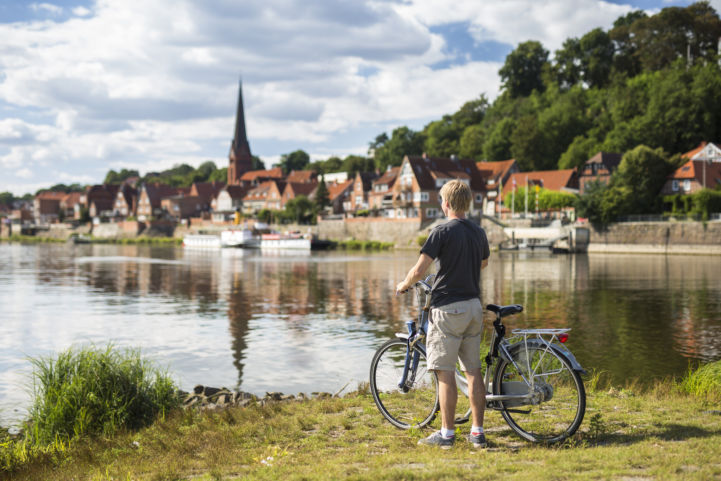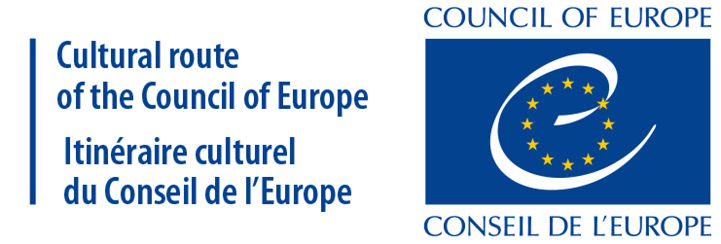EuroVelo 13 – Iron Curtain Trail declared a Cultural Route
The Cultural Routes of the Council of Europe aim to illustrate European memory, history and heritage and contribute to an interpretation of the diversity of present-day Europe. The Enlarged Partial Agreement on Cultural Routes of the Council of Europe (EPA) decided to certify the Iron Curtain Trail on 30th April 2019. The route will receive an award to mark the certification during the “Cultural Routes Annual Advisory Forum” to be held in Sibiu, Romania from 2nd – 4th of October 2019.
ECF Advocacy and EuroVelo Director, Ádám Bodor, was thrilled with the news that the route had been recognised in this way:
“Having grown up ‘behind’ the Iron Curtain, I experienced first-hand the division of Europe. I therefore take great pride in the role EuroVelo 13 is playing in bringing communities together along the former border.”
The Iron Curtain Trail was an initiative of Green MEP Michael Cramer who had previously established the Berlin Wall Trail in the German capital. He is still actively involved in the development of EuroVelo 13 and together with his team he worked with ECF in preparing the successful application to the EPA. Commenting on the decision, Michael Cramer said:
“I am very happy that the Iron Curtain Trail has become a certified Cultural Route of the Council of Europe. Thirty years after the fall of the Iron Curtain, it is important to keep alive the memory of the peaceful revolution that changed Europe’s history for good. The route stretches beyond the boundaries of the EU and is therefore exemplary for the all the members of the EPA.”

As the longest EuroVelo route, EuroVelo 13 retraces the ‘Iron Curtain’ that divided Europe into East and West for almost half a century. The route has something to offer every type of cycle tourist, from the vineyards in southern Czechia and northern Austria to the mountainous border of Bulgaria and Greece; and from the bustling ports of the Baltic States to the stark beauty of Lapland. It traverses many national parks with interesting flora and fauna and connects numerous unique landscapes which – because they formed part of the border areas – were hardly touched by man for many decades. The path also connects many buildings, monuments, museums and attractions which remind us of the history of the division of Europe and it’s ending via a peaceful revolution in Eastern Europe.
Stefano Dominioni, the Executive Secretary of the Enlarged Partial Agreement on Cultural Routes of the Council of Europe praised the Iron Curtain Trail for its certification as “Cultural Route of the Council of Europe” and said
“Cultural Routes such as Iron Curtain Trail, commemorating a significant moment of our shared history through slow and sustainable tourism are reminding us of the importance of working everyday on core Council of Europe values such as Democracy, the Rule of Law and Human Rights. We are delighted by the addition of Iron Curtain Trail to the Cultural Routes of the Council of Europe programme, and look forward to a fruitful collaboration. ”
Previously, parts of EuroVelo 3 – Pilgrims Route (Route of Saint Olav Ways and Santiago de Compostela Pilgrim Routes) and EuroVelo 5 – Via Romea (Francigena) were already inducted into the list of Cultural Routes.

Author(s): Omer Malak, Ed Lancaster